Scent-sational!
The sense of smell was the first and most highly developed of the five senses in primeval peoples. It warned of impending danger and alerted sources of food. But as the world became a more civilised place, the human sense of smell weakened comparative to other animals. And although we're able to distinguish more than 10,000 different scents, some of us lack the genes to detect certain smells, meaning some of us may not notice the most sensational scents our gardens have to offer!
Scent is not only about the present. It has the ability to transport us into the past, evoking memories of important events in our lives, happy or sad occasions and, more subliminally, déjà vu. Happening across a fabulously fragrant plant in the garden also tends to switch on other senses, heightening our awareness of all that surrounds. Suddenly, colours seem brighter, foliage more tactile and tiny noises more audible. As taste and smell are closely related, in the odd case, you may even 'taste' the smell surrounding you!
When planning a garden for fragrance
Place scented plants of various heights, from the ground up to at least nose level. It may even go beyond nose level if appropriate, such as training a tall shrub or climber to hug the window frame on a second storey. It's also important to give highly fragrant plants their own space, to avoid clashes of competing perfumes.
There are scores of wonderfully scented plants, from trees to climbers to perennials, such as appetizingly fragrant (but inedible) chocolate cosmos. A great place to start is with scented shrubs - those long-life, easy-care plants that provide ideal fillers, background greenery, and structural hedging. Here are just some of the scented plants you'll find on offer at your garden centre.
Take it low
Prized for its intensely fragrant blooms, Daphne odora is an all-time favourite, and deservedly so. Its deliciously sweet, yet fresh, scent is one of the most alluring nature has to offer. Daphne 'Leucanthe' is upright and rounded growing to 1m x 1m. Daphne 'Rubra' is low and spreading (60cm x 1m), with longer flower stems that are ideal for picking. Other types of daphne are equally as fragrant but generally taller growing.
English lavender is the preferred type used in lavender oil production and the most fragrant. Its camphorous perfume is as beguiling as its colour. Lavender makes a wonderful low hedge or informal edging for a pathway and is simply stunning when planted en-masse.
Much less hardy is the heavenly scented brown boronia. Recently released Boronia 'Purple Jared' combines the fragrance of brown boronia with the large reddish bells of red boronia.
Camellia 'Quintessence' is a deliciously fragrant, low mounding camellia. Lesser known and frost tender, but very worthy of a place in mild climate gardens, is pretty pink Adenandra fragrans.
Mid-height range
The mid-height range includes one of the largest and most loved groups of fragrant plants - roses. Most roses have some scent but only a few are intensely fragrant. Modern favourites and winners of 'Most Scented Rose' awards include: 'Aotearoa', 'Margaret Merill', 'Blackberry Nip' and 'Crème de la Crème'.
A rich fragrance is a determining factor in the breeding of all English roses and can be found in any of the old rose groups with Damask, Gallica, Bourbon or Hybrid Perpetual parentage.
Osmanthus 'Pearly Gates' is a heavenly scented plant indeed! This hardy plant flowers from mid winter in warmer areas through to spring and as it's quite amenable to clipping, makes an excellent scented hedge or topiary for an entranceway.
For frost free areas, there's nothing as alluring as a gardenia or brunsfelsia in full bloom. Choose the variety which best suits your situation.
Nose-level plus
At nose-level and above, we're spoilt for choice. Larger growing scented plants make ideal screen and filler planting. Some are well suited to container growing and those with smaller, denser foliage can be trained as topiary or clipped into hedging. Position them in borders adjacent to a pathway or close to an entranceway to ensure their delicious fragrance does not go undetected!
In the deciduous, frost hardy category, we have several old-fashioned favourites like philadelphus, lilac, witch hazel, wintersweet, star magnolias, and various scented viburnums, Amongst the evergreens, there are a number of highly scented camellias and rhododendrons, plus Michaelias and lesser known Daphne bholua.
Tolerant of light frost once established, are buddleas, michelias and citrus. Look out for the latest michelia hybrid, the truly stunning Fairy Magnolia Blush. Frost tender, subtropical shrubs, which all possess the most exotic fragrance include: frangipani, luculia and angel's trumpets (Brugmansia).
Squeeze me please
Scented foliage brings another dimension to the garden. Sometimes it takes you by surprise, such as the release of essential oils when brushing past fine leaved plants like diosma and boronia. Coarser foliaged plants require you to initiate the release of scent by bruising a bunch of foliage - so you need to know which plants to grab hold of!
- Breathe in the astringent fragrance of rosemary to stimulate your mind!
- Walk over a chamomile lawn to release its sharp apple scent.
- Make a potpourri of lemon scented myrtle (Backhousia) to emit a luscious lemon aroma.
- Crush spicy, cinnamon scented geranium to evoke thoughts of exotic places.
- Taste the pungent, peppery foliage of Horopito (Pseudowintera) for an exciting gastronomic experience!
Plant scented shrubs:
- close to paths and entranceways
- in hidden corners as a surprise
- beside seating areas
- around decks, doorways and windows
- in containers by front entrance
- beside garden gates
- as hedging and screening
- to attract bees, butterflies and beneficial insects
Seek out a few gaps in your garden and plant fragrance today!
5-Jan-2023

Daphne Rubra & Alba
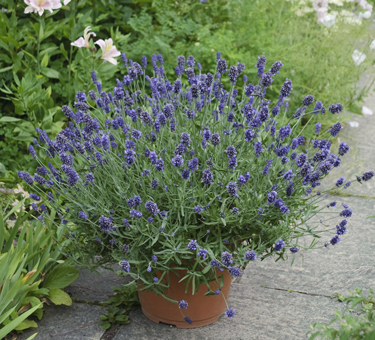
English type lavender
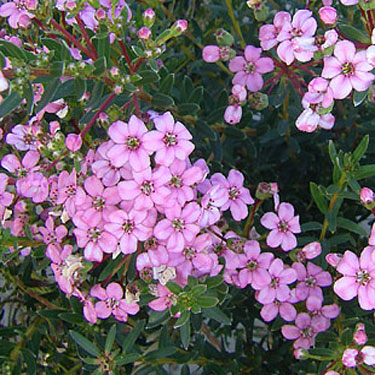
Adenandra fragrans
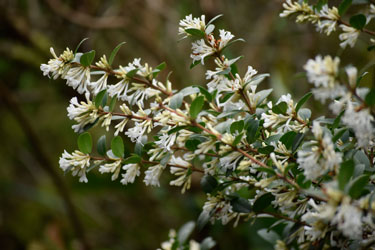
Osmanthus Pearly Gates
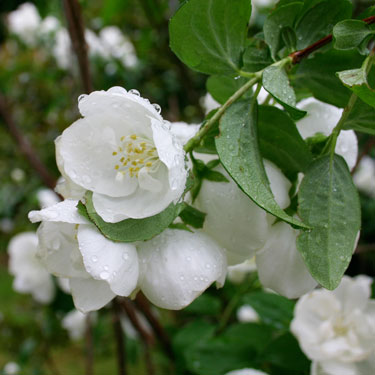
Philadelphus
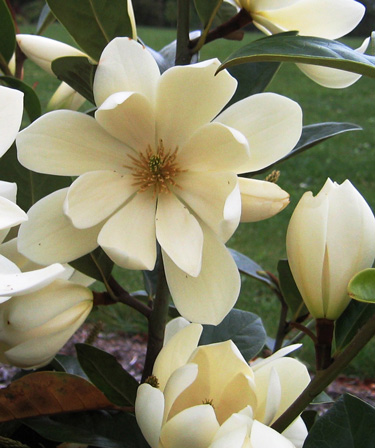
Michaelia Fairy Cream
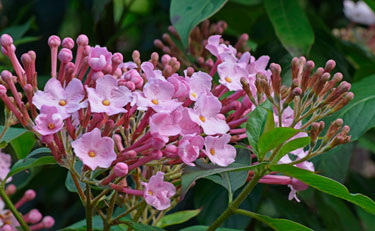
Luculia
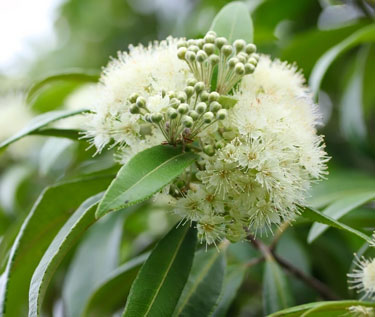
Lemon scented myrtle
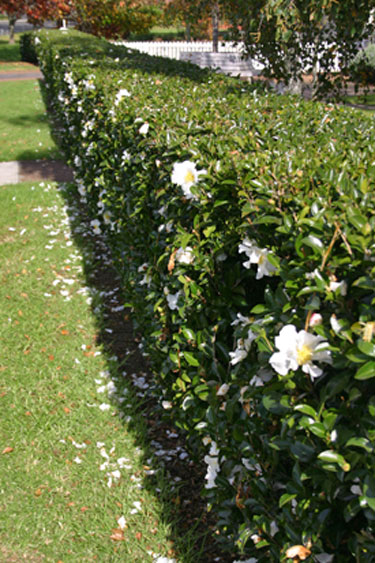
Scented Camellia Setsugekka makes a wonderful hedge


